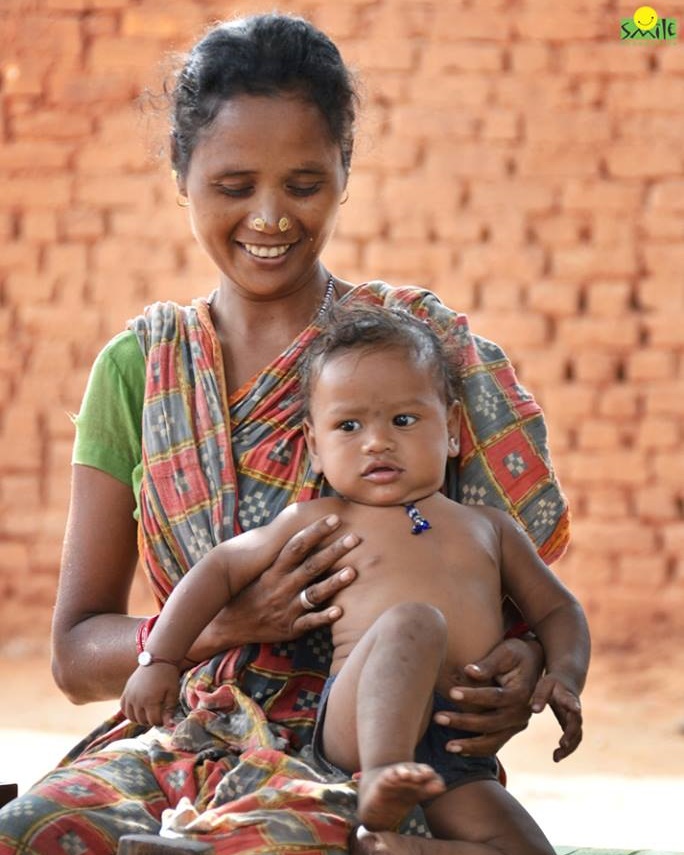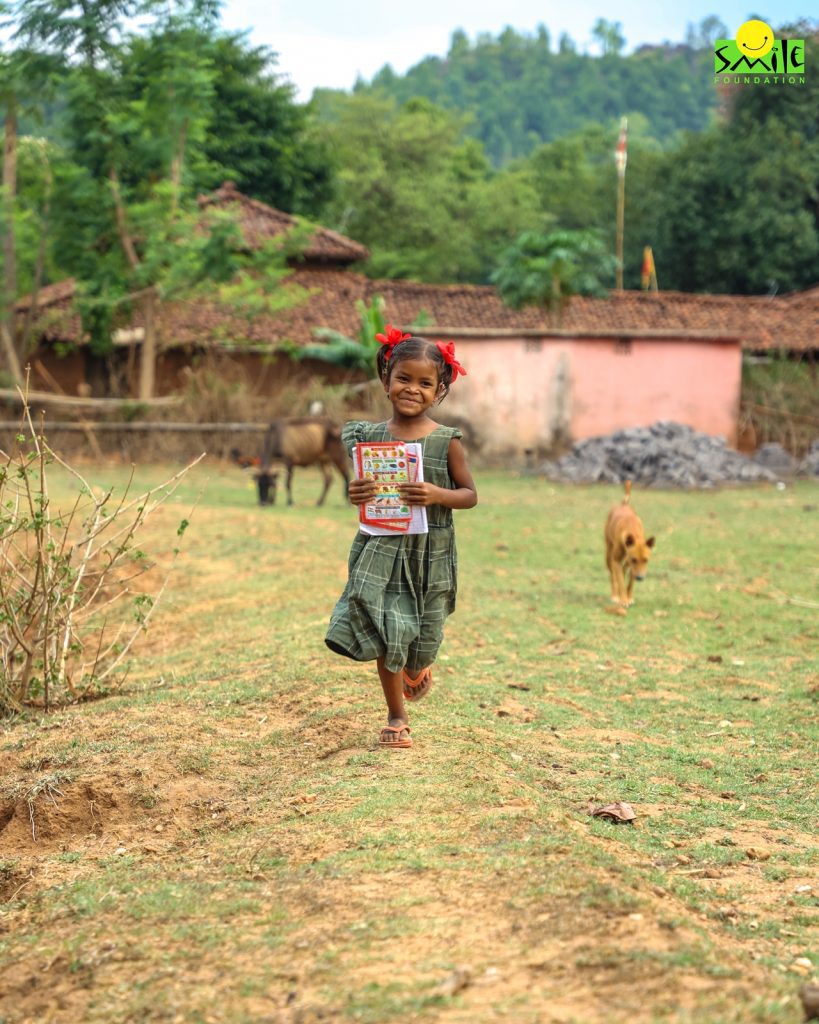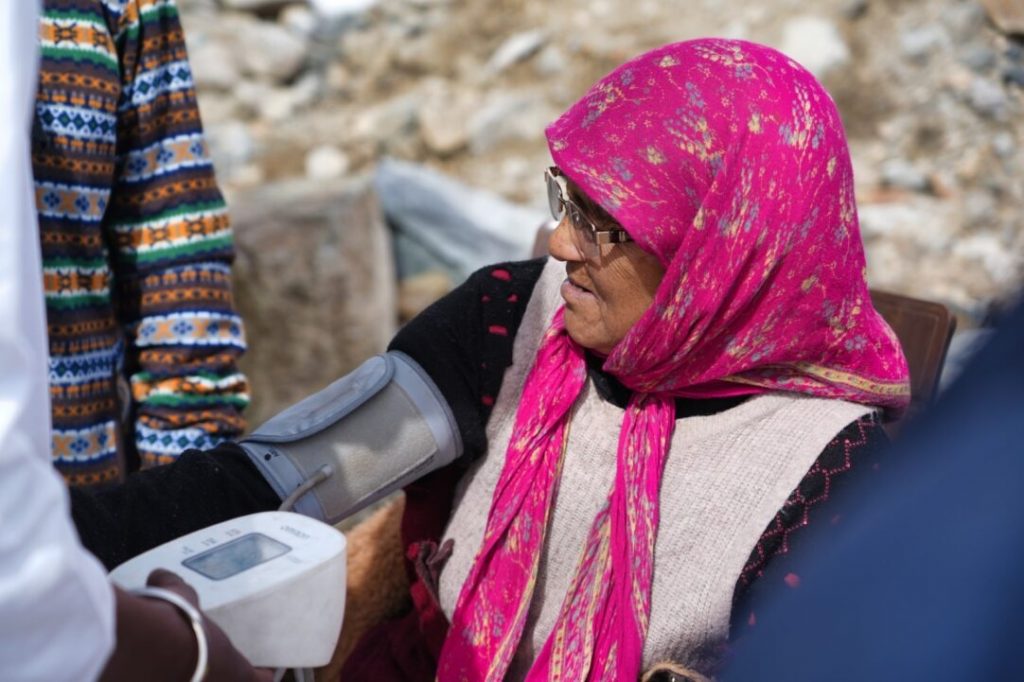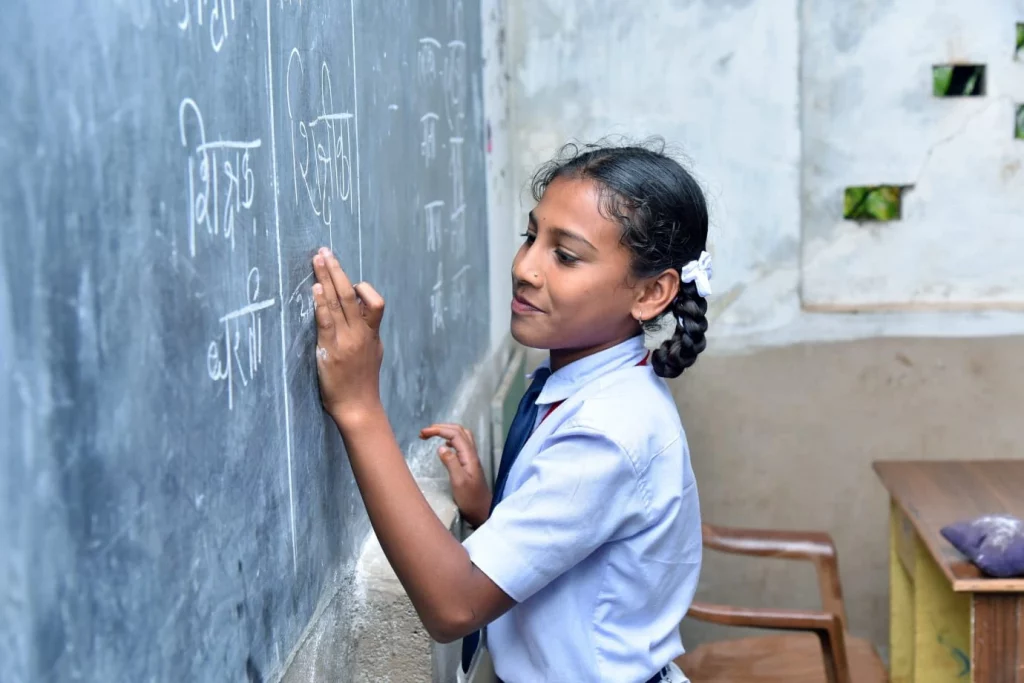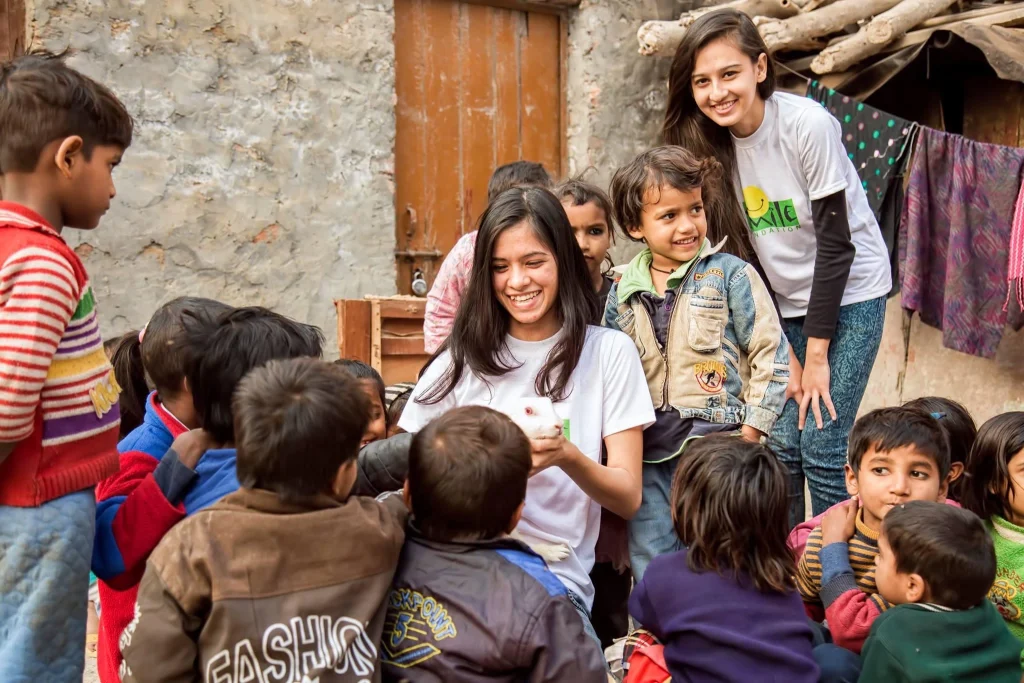In 2022, out of every 1000 live births in India, 29 children below the age of five lose their lives. In 2021 and 2020, this figure stood at 28 and 30 respectively. Since 1990, when the mortality rate was at a massive 126.5, India has consistently managed to bring down this number. However, in the 21st century, when our world is moving into the era of advanced technology and artificial intelligence, the fact that even one child below the age of five loses their life because of reasons that could be avoided, is startling.
In India’s case, what is even a bigger concern is its neonatal burden. The United Nations data suggests that nearly 1,00,000 newborn babies in the country die because of preventable diseases and circumstances. As per reports, these diseases can be simply avoided through breastfeeding.
SDG 3.2, a key target within the UN’s Sustainable Development Goals, sets a target of reducing preventable deaths of newborns and children under five to a mere 12 per 1,000 live births by 2030. India has pledged its commitment. But the fight is far from over. Can India achieve these drastic reductions?
The National Health Mission (NHM) serves as India’s weapon in this fight. It aims to slash maternal mortality rate (MMR) to 90, infant mortality rate (IMR) to 23 and under-five mortality rate (U5MR) to 23 by 2025. These ambitious targets highlight the urgency of the situation.
Neonatal health in India
A newborn child, below the age of 28 days, is a neonatal baby. This is also the time when the child needs extra case to ensure that they survive. According to UNICEF, 19.11 out of every 1000 neonatal children in India died in 2023.
The highest mortality rate has been witnessed in Jammu and Kashmir, followed by Madhya Pradesh, Haryana and Rajasthan. Reports have found that several factors influence the Neonatal Mortality in India, like demographics, socioeconomic status of parents, care-seeking factors and also gender of the child.
There are many reasons why some newborn babies don’t survive their first month. Some babies might be born too early (premature) or too small (low birth weight). Others might have problems during birth, like getting stuck (obstructed labour) or not getting enough oxygen (perinatal asphyxia). Infections, breathing difficulties and birth defects can also be dangers for newborns.
Around the world, many newborn babies face challenges in their first month. Some babies are born too early (preterm) or too small (low birth weight). This can make them more likely to get sick or have trouble breathing. Other big dangers include infections, problems during birth like not getting enough oxygen, and birth defects. Thankfully, some of these dangers, like tetanus can be prevented with vaccines. It is also important for moms to have healthy pregnancies and deliveries to help babies have a strong start.
In India, maternal malnutrition, lack of access to antenatal care, and overall quality of nutrition and healthcare are big contributors to this neonatal burden of the country. Poverty, lack of sanitation and social practices like child marriage add further to this burden because of its impact on women’s health.
How to decrease the neonatal burden?
India has committed itself to the Sustainable Development Goals (SDGs), which includes promoting well-being and ensuring good health of people of all ages. Thus, as part of a global community, India has shown its forthrightness in dealing with this issue. Apart from this, as we have seen above, there has been a consistent decline in child mortality and neonatal deaths in the country. However, there is still a long way to go.
Government policies like National Health Mission (NHM) are focusing on improving overall maternal health and ensuring newborn health. There is an increase in awareness around the needed care for newborn babies, providing nutritional support to mothers and developing hyperlocal infrastructure. The Indian government’s Janani Suraksha Yojana (JSY) is formulated to promote institutional deliveries with the aim of solving this problem.
In addition to government initiatives, the non-government organisations are also working on the ground to provide essential support in reducing the neonatal burden. This is primarily through awareness around nutrition, childcare and supporting maternal health. There is a need for contribution of private sectors to provide solutions to this problem. It is only by developing infrastructure like premium quality neonatal ICUs at local level that we can ensure that newborns under the threat of losing their life can be provided necessary medical attention when needed.
Technology as part of the solution
One of the biggest shifts happening today are the technological advancements that are helping us to find innovative solutions to some of the biggest challenges. In healthcare, telemedicine, smart ICUs, mobile health solutions, etc., are already leading to a noticeable impact. These innovations also used in our healthcare programme are allowing healthcare facilities to reach remote areas where they could not reach previously. It also reduces the cost-burden a lot by bringing in effective low-cost solutions.
Therefore, when it comes to neonatal deaths and maternal health, these technological innovations can play a pivotal role. It can be used to provide consultation to new mothers through mobile, spread awareness and equip the local healthcare staff to deal with complex cases by providing them guidance from the medical experts without any geographical constraints.
Overall, what India needs to solve the problem of its neonatal burden is a collective action from all the stakeholders. A part of this solution is for the general population to raise more awareness around it, so as to prod the governments to take necessary action. As the youngest country in the world, India needs to focus on solving these problems in order to reduce its overall economic burden and achieve faster growth.

